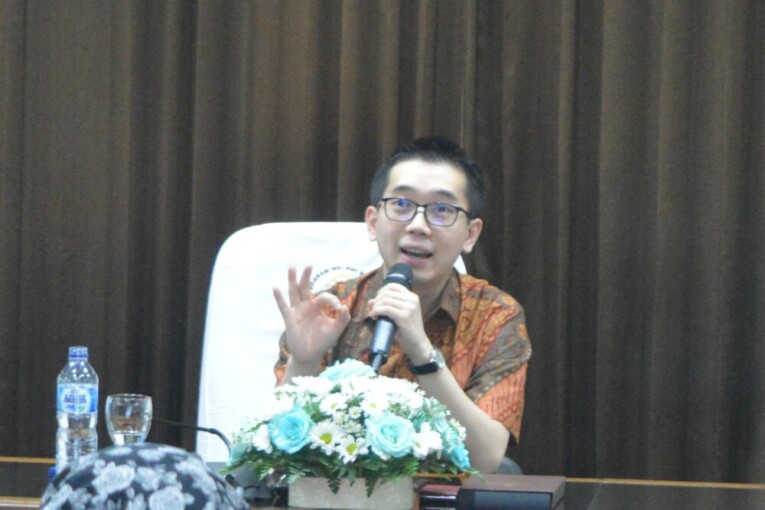
E-commerce industry continues to grow and expand throughout the world as an important part of global economic growth. As one of the largest markets in Asia, Indonesia also offers a great opportunity for the development of this business. However, the penetration of e-commerce in Indonesia is still quite slow.
“The size of online retail in Indonesia is only 3.4% of total retail. This is far below other countries, such as China, which reached 14%. E-commerce in Indonesia still has a very big chance, but the penetration is quite slow,” said Managing Director of berrybenka.com, Danu Wicaksana, Friday (4/11) at the Faculty of Economics and Business UGM.
He shared this information while acted as speaker at the CEO Talk The Walk event which discussed topic related to the development of e-commerce business in Indonesia. The penetration of e-commerce is still slow, he said, related to the internet penetration which is still low as well (37 percent). This makes Indonesia fall behind in this industry. Nevertheless, he is optimistic that the future of electronic commerce in Indonesia will continue to increase.
“Other countries were exposed to e-commerce, perhaps as early as 3 or 4 years ago, while we were only exposed since the beginning of 2015. But trend of internet users in the last 4 years is increasing which means there is potential that it (e-commerce business) will increase as well. We have just begun,” said Danu.
As an experienced practitioner in the electronic commerce industry, Danu shared his knowledge on the ins and outs of e-commerce business as well as various platforms that exist. Various e-commerce company in Indonesia, according to Danu, can actually be divided into four categories of different platforms.
“E-commerce has many kinds of platforms. One might wonder the difference between berrybenka, lazada, or OLX. We can distinguish them based on their business models,” he said.
The first category is the model which is classified as buying and selling transactions platform. There is also a marketplace that serves that function as well, but in addition it serves as intermediary in the payment transaction. Unlike the previous two models, a third business model, online retailers, involving only two parties, namely the e-commerce as a vendor which sells goods directly to the buyer without going through an intermediary.
“The fourth category is a mixed model between the market place and online retailers. So it sells its own products and at the same time also sells other people’s products,”he explained.
Although the trend of the e-commerce industry has increased, Danu recognizes that the development of this industry in Indonesia is still experiencing various obstacles, for example related to merchandising, logistics or delivery of goods and payment.
“For clothing products we could have our own production in Indonesia, but Indonesia still lacks of good quality suppliers, particularly for shoes and bags. Indeed, many artisans have high quality products, but since those are home industries so they could not supply the same products on a large scale,” he added.
Therefore, he hopes in the future the government would give more support for creative industries to further improve the quality of production, because those are important pillars for the development of e-commerce industry. (UGM / adelily)

